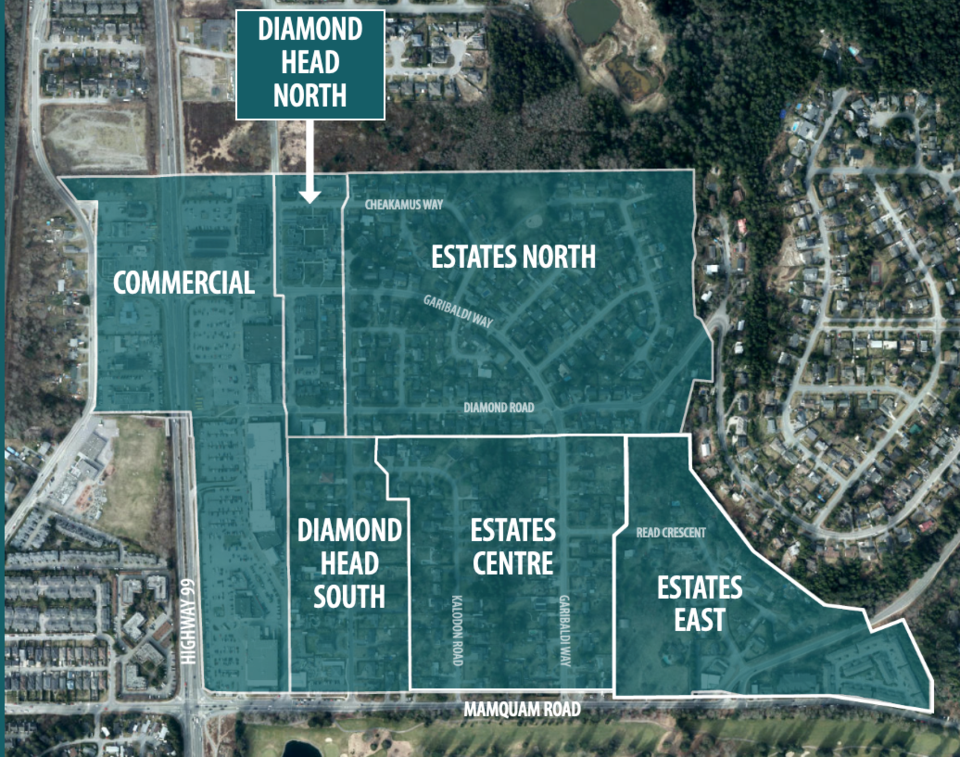Editor’s note: This letter was sent to ߣÄĚÉçÇřcouncil and copied to The ߣÄĚÉçÇř.
We are 21-plus-year Garibaldi Estates residents who purchased and improved our single-family home, built in 1960, currently zoned as [veterans’ land]. We have put hours and hours into the Garibaldi Estates neighbourhood process: attending meetings, reading DOS materials, and thoughtfully filling out surveys.
A District webpage states: “Zoning provides land use certainty and protects the substantial investment people and businesses make when they purchase a property.”
We have tried our best to not have a NIMBY mindset; trying to find a middle ground regarding densification and flexibility for proposed housing forms. We were shocked to read DOS staffers’ report, recommending densification in all of the Garibaldi Estates sub-areas.
We aren’t opposed to flexibility in terms of housing forms. According to :
“Many industries, largely the real estate industry, seek hikes in the floor area ratio to open up space and land resources to developers. An increased floor area ratio allows a developer to complete more building projects, which inevitably leads to greater sales, decreased expenditures per project, and greater demand. The impact that the floor area ratio has on land value cuts both ways. In some instances, an increased floor area ratio may make a property more valuable if, for example, an apartment complex can be built that allows for more spacious rentals or more tenants.
However, a developer who can build a larger apartment complex on one piece of land may decrease the value of an adjoining property with a high sale value bolstered by a view that is now obstructed.”
Judging from other townhouse developments in Squamish, the recommendations for increased densification throughout Garibaldi Estates will negatively impact current residents’ quality of life. This is reflected in the minutes taken throughout the engagement process, yet seems to be dismissed as unimportant in the decision-making process.
DOS Stage 3 report staff recommendations were the choice of a minority of residents in all scenarios. Further, a significant number of respondents chose “I don’t like any,” putting into question the validity of the process.
DOS engagement materials state: “We want to hear from ߣÄĚÉçÇřresidents to create a plan that is a good fit for the neighbourhood, improves the liveability of the area, and supports larger community goals outlined in the Official Community Plan (OCP).”
Despite respondents’ concerns, it seems that “OCP goals” are prioritized when planning what is a “good fit for the neighbourhood,” despite working against the goal of improving “the liveability of the area.”
Diana Geller & Bill Rizun
Squamish





